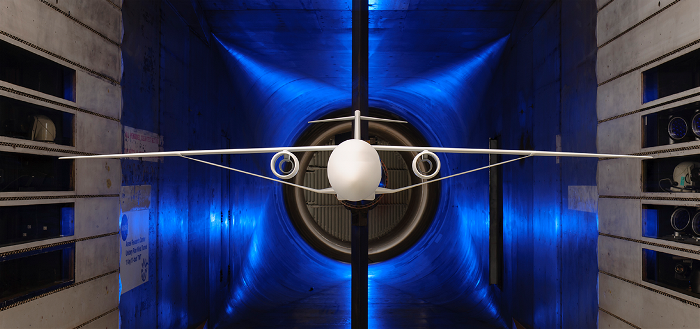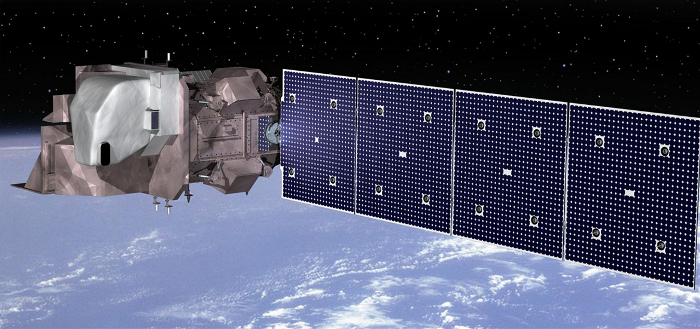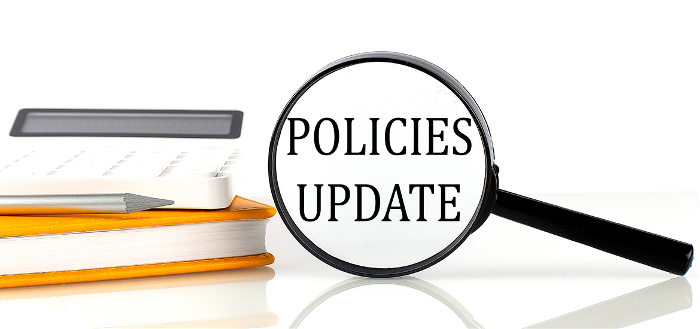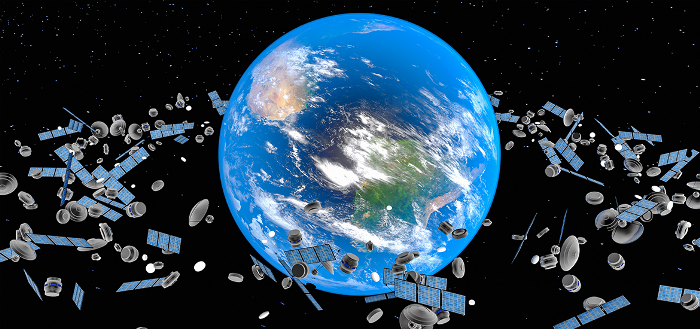New Agency Standard for Wind Tunnel Model Systems Criteria
January 17, 2023
2-minute read

NASA released NASA-STD-8719.28, Wind Tunnel Model Systems Criteria, effective Oct. 10, 2022. The new agency standard — which replaces local center standards at Ames Research Center, Glenn Research Center and Langley Research Center — ensures models can move seamlessly between the centers for testing in various wind tunnels.
Cancellation of NPR 8705.5 Reflects Evolution of NASA Policy for Safety and Mission Success
January 04, 2023
3-minute read

NPR 8705.5, Technical Probabilistic Risk Assessment Procedures for Safety and Mission Success for NASA Programs and Projects was cancelled, a move consistent with the policy direction to be more objectives-driven, as defined in the recent update to NPD 8700.1, NASA Policy for Safety and Mission Success.
NASA Releases New Planetary Protection Standard
August 31, 2022
2-minute read

NASA’s Office of Safety and Mission Assurance released NASA-STD-8719.27, Planetary Protection Standard, effective Aug. 30, 2022. The standard is a follow-on document complementing NPR 8715.24, Planetary Protection Provisions for Robotic Extraterrestrial Missions. It addresses and is relevant to both crewed and robotic missions and covers the technical details a mission should consider for the design and execution of the Planetary Protection mission throughout the project life cycle. It is relevant starting in the Mission Concept Review and System Requirements Review phase by defining the Planetary Protection categorization to end-of-mission disposal reporting.
Updates to Payload Safety Policies Support New and Existing Programs
August 08, 2022
2-minute read

The Office of Safety and Mission Assurance enhanced the Payload Safety program to cover all payload projects. As part of this process, the program recently released a revision to NASA-STD-8719.24, NASA Payload Safety Requirements, effective March 20, 2022. This standard update followed a significant revision to NPR 8715.7B, NASA Payload Safety Program, effective April 27, 2020.
NPD 8700.1 Restructured to Focus on Evolved Agency Needs
July 28, 2022
4-minute read

NASA’s Office of Safety and Mission Assurance (OSMA) updated NPD 8700.1, NASA Policy for Safety and Mission Success, effective July 28, 2022, building on developments from the past decade, including experiences from commercial crew, discussions about robotic mission classification, changes to the agency’s governance handbook and NASA Aerospace Safety Advisory Panel recommendations. OSMA solicited and incorporated feedback from centers, mission directorates and other offices into the final release.
Changes to NPR 8000.4 Reflect Increased Relevancy of Cyber-Related Threats
April 22, 2022
3-minute read

Revision C of NPR 8000.4, Agency Risk Management Procedural Requirements went into effect on April 19, 2022. The changes made primarily reflect the increasing relevance of cyber-related threats and incidents across both government agencies and the private sector. The update reflects an action item from the NASA Enterprise Protection Board to the Office of Safety and Mission Assurance to make the subject of cybersecurity and cyber risk explicit within NPR 8000.4.
NASA Issues New Nuclear Policy: NPR 8715.26
February 07, 2022
3-minute read

The Office of Safety and Mission Assurance recently released NPR 8715.26, Nuclear Flight Safety, effective Feb. 3, 2022. The new NASA Procedural Requirements (NPR) follows the 2019 National Security Presidential Memorandum-20 overhaul of the federal process for nuclear launch authorization of space nuclear systems and the 2020 release of Space Policy Directive-6, which established a national strategy to ensure the development and use of space nuclear power and propulsion systems, “when appropriate to enable and achieve the scientific, exploration, national security, and commercial objectives of the United States.” The NPR also brings NASA policy into alignment with present day practices.
NASA Updates the NASA Mission Safety and Success Requirements Tailoring Process
December 21, 2021
1-minute read

NASA updated its process for tailoring agency-level mission safety and mission success requirements, found in NPR 8715.3, NASA General Safety Program Requirements, Section 1.3, Relief from Agency-level SMA Requirements. Previously, they were documented in the now cancelled NASA-STD-8709.20, Management of Safety and Mission Assurance Technical Authority (TA) Requirements, in addition to the NASA Procedural Requirements (NPR).
NASA Updates the NASA Technical Standard for Limiting Orbital Debris
December 09, 2021
1-minute read

NASA updated NASA-STD-8719.14, Process for Limiting Orbital Debris, effective Nov. 5, 2021. This revision focuses on changes and updates incorporated into the 2019 U.S. Government Orbital Debris Mitigation Standard Practices (ODMSP), which include improvements to the original 2001 ODMSP objectives, as well as clarification and additional standard practices for special classes of space missions (Orbital Debris Quarterly News, Volume 24, Issue 1, Page 1 and Pages 4-8).
Changes to AS9101 and AS9104-1 Will Increase AS9100 Certification Prework
November 10, 2021
3-minute read

Changes to AS9101, Requirements for Conducting Audits of Aviation, Space, and Defense Quality Management Systems and to AS9104-1, Requirements for the Certification of Aviation, Space and Defense Quality Management System Certification Programs are introducing two new processes to the certification cycle for AS9100, Quality Systems – Aerospace – Model for Quality Assurance in Design, Development, Production, Installation and Servicing: the Organization Certification Analysis Process and the Performance Based Surveillance/Recertification Process. The AS9104 series of standards describe the nature and governance of the Industry Controlled Other Party scheme used to execute and manage accreditation of certification bodies (i.e., registrars), auditors, training programs and certification of organizations to AS9100.